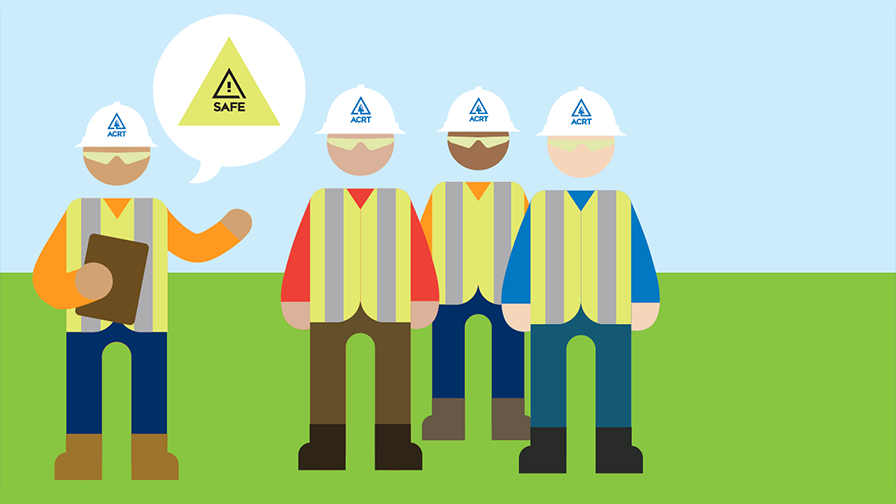Preventing heat-related illnesses.
The best defense is prevention
When the body heats up faster than it can cool itself, mild to severe illnesses may develop. It’s important to recognize the symptoms of heat-related illnesses and understand how to prevent, control and respond to their effects
- Drink water – Drink small amounts of water frequently, about a cup every 15-20 minutes. Don’t drink liquids that contain alcohol or large amounts of sugar–these actually cause you to dehydrate.
- Replace electrolytes by alternating water with sports drinks. Severely low blood sodium levels (Hyponatremia) can result from loosing electrolytes through sweating and high water intake.
- Limit exposure time and/or temperature – Try to schedule strenuous or lengthy jobs for cooler times of the day.
- Take frequent rest breaks in cool shady areas.
- Acclimatization – Gradually adapting to heat will reduce the severity of heat stress.
- Wearing loose, lightweight clothing and a wide brimmed hat – Clothing can affect heat buildup.
- Recognize that too much alcohol or caffeine, lack of sleep and eating disorders can lead to heat related illness.
- Don’t just drink water – replace electrolytes! Hyponatremia causes headache, weakness, nausea & cramps.
![Practicing Safety in the Heat [Infographic]](https://acrt.com/wp-content/uploads/2017/11/safety-in-heat.jpg)




